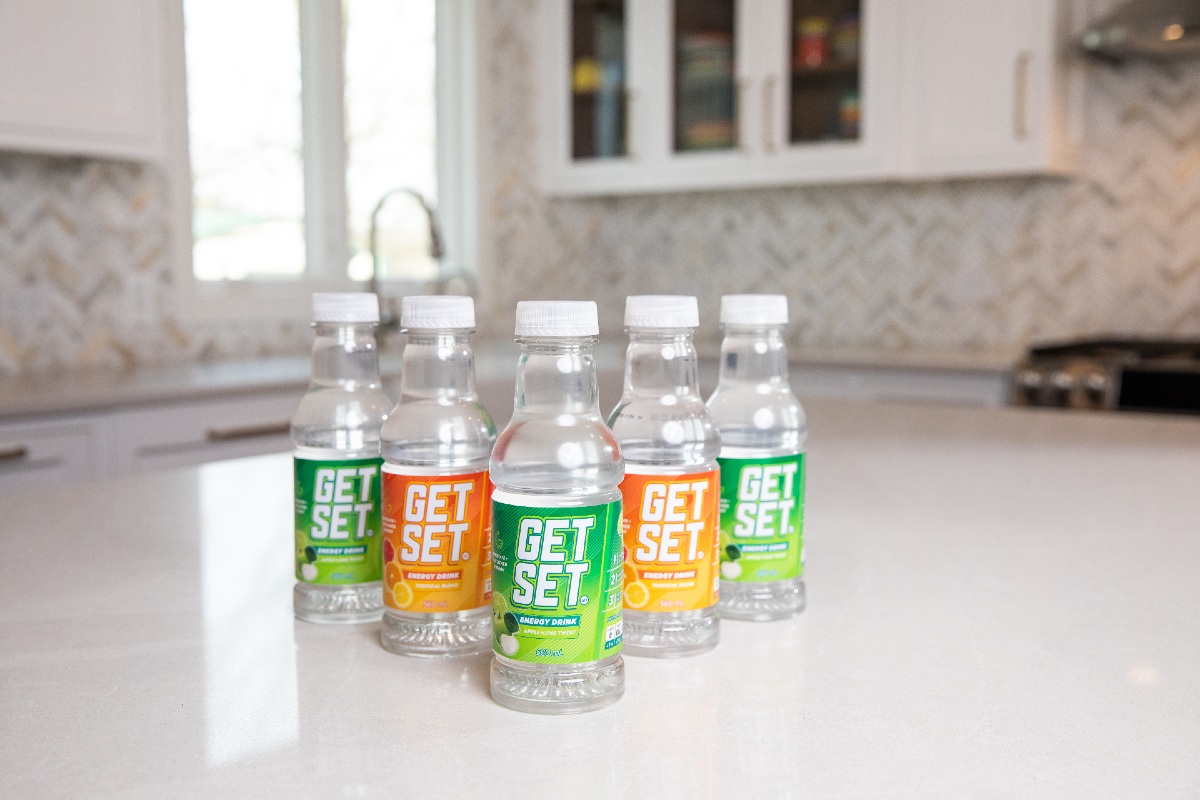In our visual culture, color cosmetics are the epitome of self-expression, and emotions evoked through color cosmetics can range from absolute disgust all the way to pure unadulterated delight. Color choices, combinations and applications create the story for the consumer, and the dynamics of color are a very personal experience, as it easily changes the way you view yourself and how you present yourself to others.
When waking up in the morning many may ask themselves, “How do I feel today? Do I want to feel powerful? Okay then, let’s apply some red lipstick.”
Beyond the obvious impact color cosmetics have on a consumer’s self-worth, color is a pivotal element in the design process. Product color directly influences retail sales and packaging color is integral to consumer engagement.
Think about it this way: Stand in any store aisle or look on any website. What draws you in to look at something further? What piques your interest? What catches your eye? Package structure? Graphic style? Imagery? Distinctive branding? Because color is the first thing we see, it is the color that attracts you first.
We live in a highly visual world and on a daily basis, we are bombarded with visual stimulation. With about 80% of human experience filtered through the eyes, visual cues are vital in getting a message across and the thoughtful use of color is the most effective tool in grabbing the eye.
Color is an identifier; it has the power to differentiate, sending non-verbal messages that in many cases produce a subliminal effect that affects perceptions. Most of our reactions to color operate outside of our consciousness; in fact, 95% of our reactions to color are emotional and unconscious.
Color Selection for Packaging
In thinking about color selection for packaging, it’s important to consider the psychological meaning of the colors chosen and how they will be perceived. The benefit of utilizing color psychology is that it allows you to silently and instantaneously deliver the intended message.
Using a color that is incongruent with overall brand expression and does not communicate your offer cohesively can actually confuse the consumer. When consumers are shopping in-store or online, you have 2-3 seconds to capture the consumer’s attention. Color plays a big part in getting that right.
Color has become symbiotic with design, and we see more brands recognizing and leveraging the power of color. For both product and packaging, it’s important to consider not just individual colors but the way in which the colors are combined with one another. Contrast as well as color proportion impacts appearance, whether putting together a palette for the face or packaging presentation.
I have seen a few brands really utilize color to their advantage in their product and packaging, especially when trying to attract a new audience, specifically Millennials and Gen Z who were raised in the highly-visual culture of social media.
For example, a few years ago Estée Lauder looked to its Aerin brand line of perfumes, taking a painterly approach to packaging to extend their reach. More recently, in their quest to attract a younger audience, Tiffany’s introduced a faceted perfume bottle highlighting their signature blue at the neck. The combination of the shape with their signature shade made a bold and modern visual statement.
Brands can appeal to consumers utilizing additional senses beyond sight: Lancôme took a dessert closely associated with France, the macaron, and created a blusher kit that looks like four macarons just as you would order in a dessert shop. Unique packaging and color can appeal not only to sight but taste as well.
In our visual world, beauty brands that know how to leverage the power of color will stand out. It’s not just about the hue, but it is also about the color’s language aligning with the brand DNA, product name, product shape, packaging and target audience. It is clear that color makes a statement within cosmetics.










